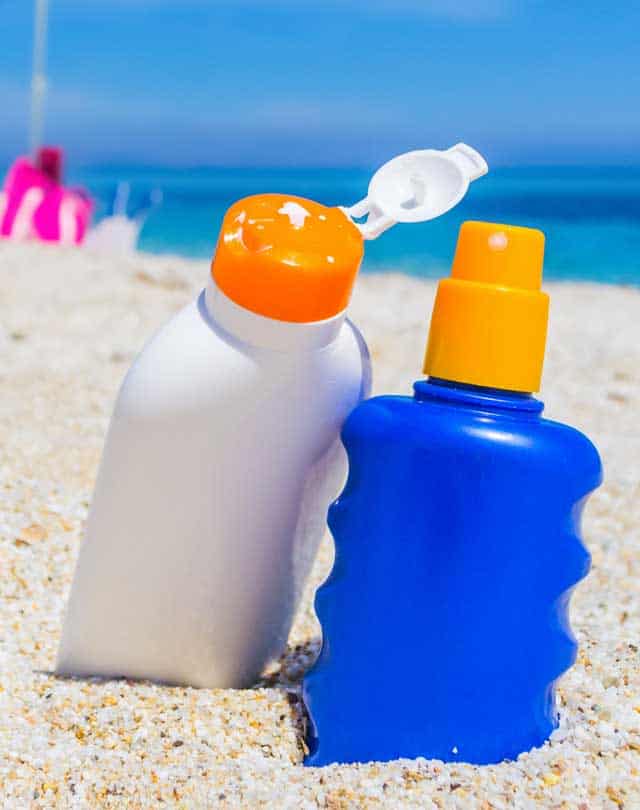
Having fun in the sun is the perfect way to spend the day! Whether you’re spending a sunny summer day on the beach or making your way down the slopes during winter’s coldest months, it’s important to protect your skin from both the UVA and UVB rays of the sun.
What are the differences between the sun’s rays?
Put on your shades and let’s take a peek:
- UVA are the longest of the sun’s ultraviolet (UV) rays—they penetrate more deeply into your skin and are responsible for skin damage and premature aging.
- UVB are the shorter wavelengths and affect the body in two different ways. First, UVB rays help your body transform sunlight into vitamin D, which is an important nutrient for many of your body’s functions. But you may have also experienced one of UVB’s other not-so-good-for-you effects—sunburn.
Protecting Your Skin with Broad Spectrum
Did you know sunscreen that doesn’t say “broad spectrum” on the label is only protecting you from half of the sun’s effects? Too much of either type of ultraviolet light can cause skin cancer, making broad-spectrum sunscreen a healthy choice because it helps protect your skin against both.
Picking Your Unique Protection
We know there are endless options for sunblock on the market, which is why we’ve compiled some tips, tricks and products you can use next time you’re stockin’ up and looking for the safest sunscreen option for you.
- Grab a bottle labeled broad spectrum, multi spectrum or UVA/UVB protection.
- Pick a bottle with an SPF (sun protection factor) that makes sense for you.
The SPF number relates to how long it will take the UVB rays to redden your skin.
Top Picks for Broad Spectrum Protection
Shop Now
 Having fun in the sun is the perfect way to spend the day! Whether you’re spending a sunny summer day on the beach or making your way down the slopes during winter’s coldest months, it’s important to protect your skin from both the UVA and UVB rays of the sun.
Having fun in the sun is the perfect way to spend the day! Whether you’re spending a sunny summer day on the beach or making your way down the slopes during winter’s coldest months, it’s important to protect your skin from both the UVA and UVB rays of the sun.





















 VIEW ALL
VIEW ALL



